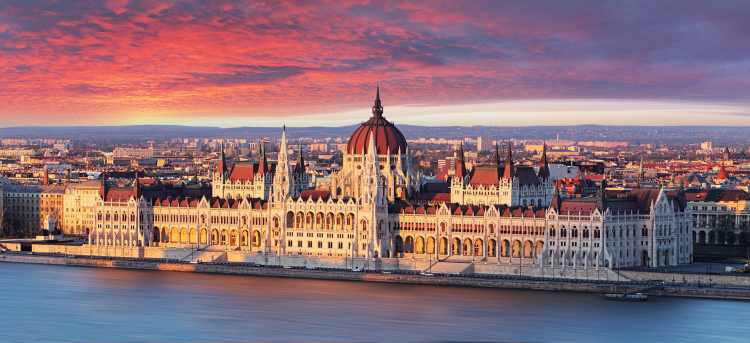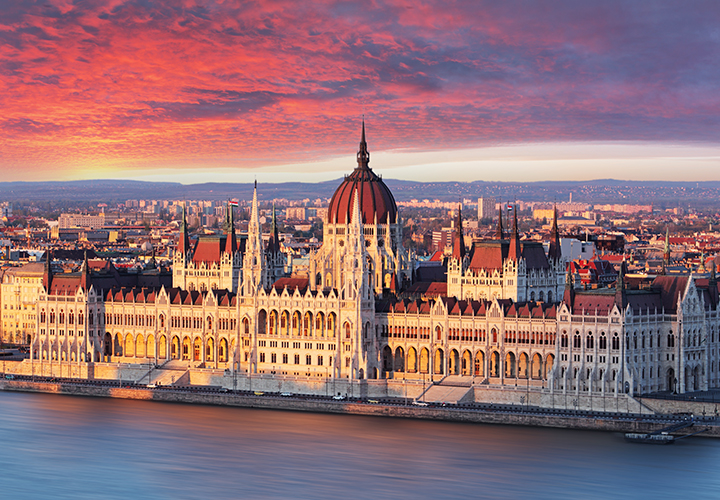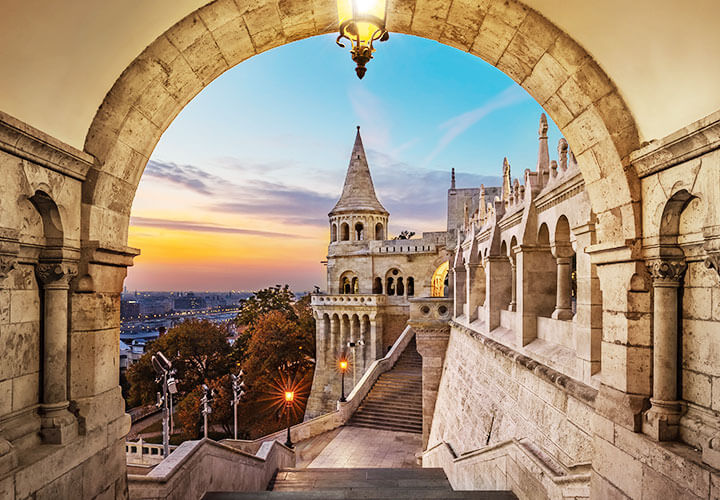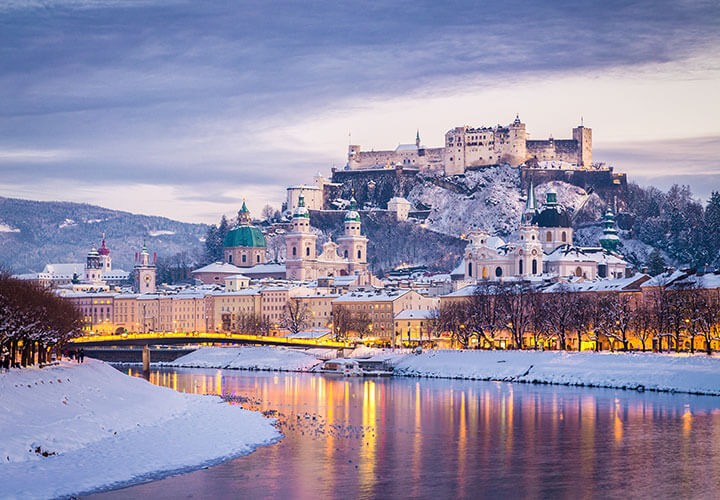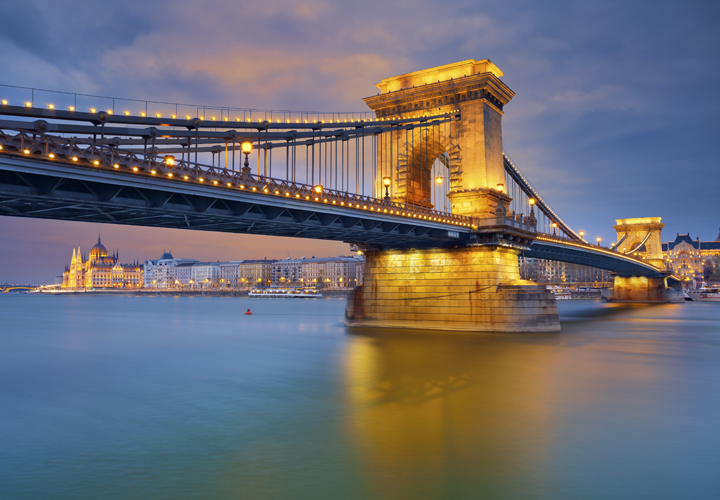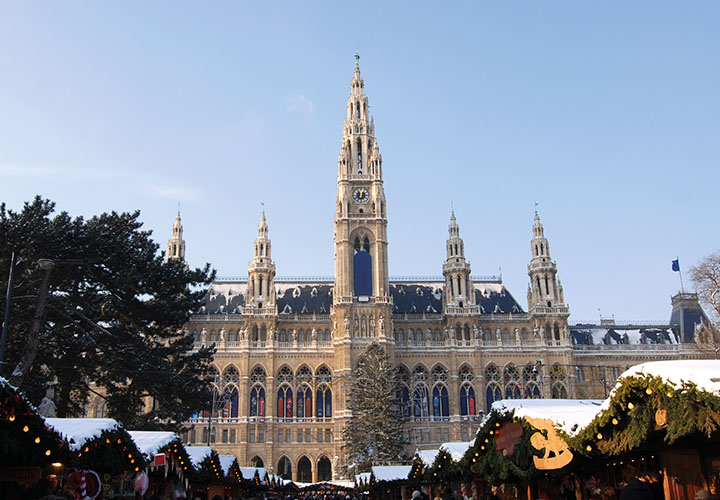River Cruises in Hungary
Forget your preconceptions about this country and you are likely to be surprised by what’s on offer here. The scenery is unexpectedly pretty with some of the finest architecture anywhere – from fascinating Roman ruins to ancient medieval townhouses and fabulous baroque churches, spectacular neoclassical public buildings like Budapest’s iconic Parliament Building or the exquisite Art Nouveau design of the sumptuous Gellert Spa. Historically the country has fought a long battle for independence, enduring centuries of successive occupation by the Celts, Romans, Huns, Slavs, Gepids, and Avars.
The grand prince Árpád is celebrated by many Hungarians as the founder of their country, and his great-grandson Stephen I was its first king. Crowned in 1000, he converted Hungary to a powerful Christian and military kingdom that carried out fierce raids from Constantinople to Spain. But when Buda was taken by the Turks in 1541, Hungary was divided into three parts – ruled variously by the Habsburg kings, the Ottoman Empire and the Pashalik of Buda until the end of the 17th century. Only then did large scale uprisings and tentative reforms start the process that would lead to greater independence. The mass demonstrations of 1848 in Pest and Buda paved the way for Hungarian reformists to push through their list of twelve demands – with freedom of speech at the top. The House of Habsburg was dethroned, and the following year the new Hungarian Parliament proclaimed the first laws of ethnic and minority rights in the world. The dual monarchy of Austria–Hungary followed and was only dissolved at the end of WWI.
At the end of WWII, after the fall of Nazi Germany, Hungary was occupied by the Soviet Union and became a communist satellite state. Many thousands of people were purged, imprisoned in concentration camps, deported or executed – despite the brave Hungarian resistance who fought Soviet tanks with Molotov cocktails. Later, through to the late 1980s, relatively liberal Hungary was often referred to as "the happiest barrack" within the Eastern bloc. So it remained until the end of the Cold War, when it was the first country to create a tear in the Iron Curtain by taking down its barbed-wire fence along the Austrian border in May 1989 – six months before the fall of the Berlin Wall.
Some of Hungary’s lesser-known triumphs are its many discoveries and inventions. The world owes the existence of the Rubik’s Cube, biro pen, electric motor, telephone exchange, thermal camera, Vitamin C, cathode ray tube, plasma TV, holography and biotechnology to the country’s imaginative scientists.
